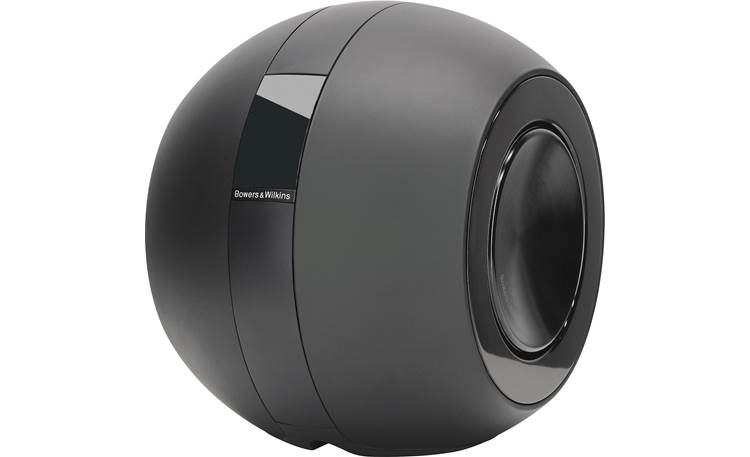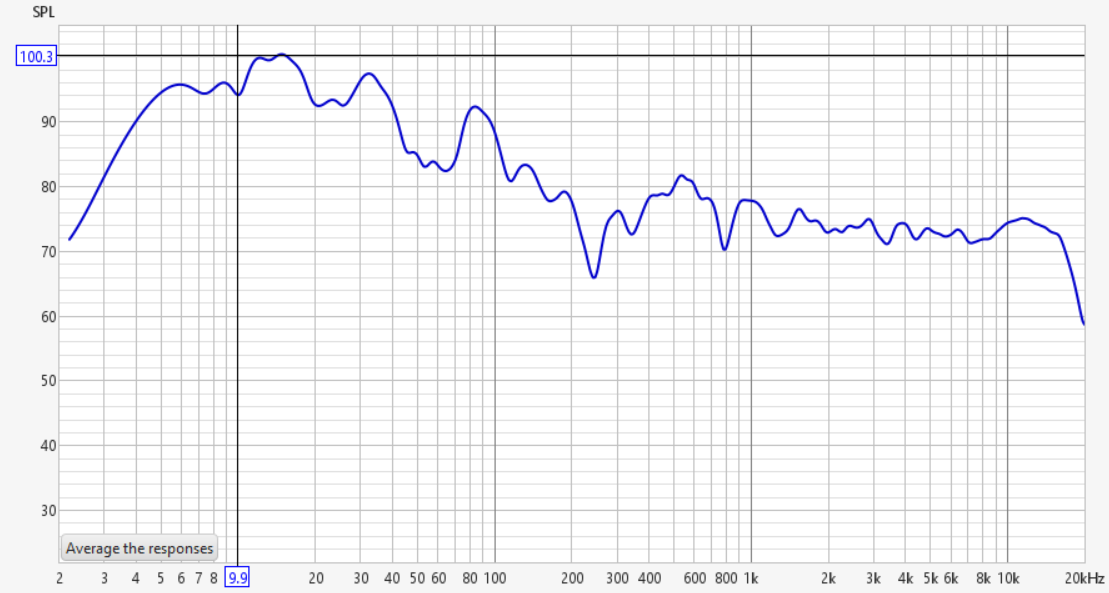Soyez le bienvenu a WBF!
For the same total cost, two smaller subwoofers are often better than on large one, if sound quality is what matters most. Let me explain:
The biggest problem for a subwoofer is the room. The room will cause large peaks and dips in the response of even the best subwoofer. You can move the subwoofer or move your listening chair and the peak-and-dip pattern will change, but it will not go away. You can equalize the subwoofer so that its response is smooth in the microphone location, but then the frequency response will actually be worse elsewhere in the room.
However if you add a second subwoofer, and place it in a very different location from the first, you can make a big improvement. Each subwoofer will still produce an ugly peak-and-dip pattern, but they will be DIFFERENT from each other. The SUM of these two different ugly peak-and-dip patterns will typically be almost twice as smooth as either one alone. And this improved smoothness holds up throughout the room.
Smooth bass is fast bass, because it is the peaks which make bass sound fat and slow. And as a general rule, the more subwoofers intelligently distributed around the room, the more smooth the in-room bass will be.
(I manufacture a subwoofer system that uses four small subs, so I use this idea in my business. I learned it from Earl Geddes.)
So assuming you don't need super-loud and super-deep bass (which are things that one big sub does better than two small ones), you might consider two small subs for better room interaction, because better room interaction results in better bass quality.
A mon avis.
RE: The SUM of these two different ugly peak-and-dip patterns will typically be almost twice as smooth as either one alone. And this improved smoothness holds up throughout the room.
I'm going to have to take issue with theories over substance as I see it (no offense intended).
The way I see it "the SUM" of these two peeks is processed via a pair of ears and a human brain, and not on a mathematical calculation worksheet and or computer software. Yes I believe in science, but also believe science is always self-correcting it's self in pursuit of the truth.
The human brain is going to sense these two sources, sense the confusion they present and reject the inauthenticity of the source(s) - in my opinion.
















